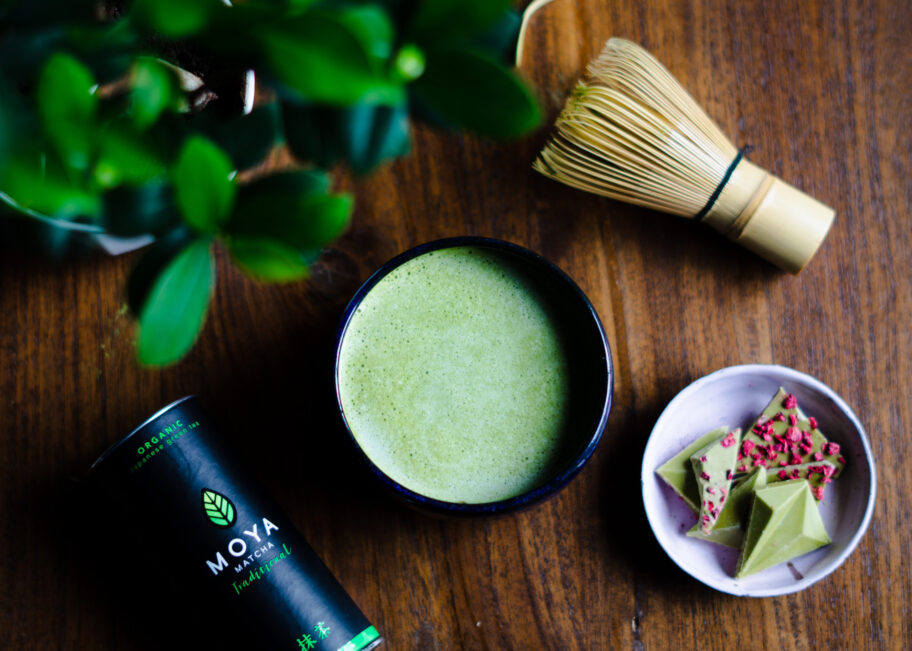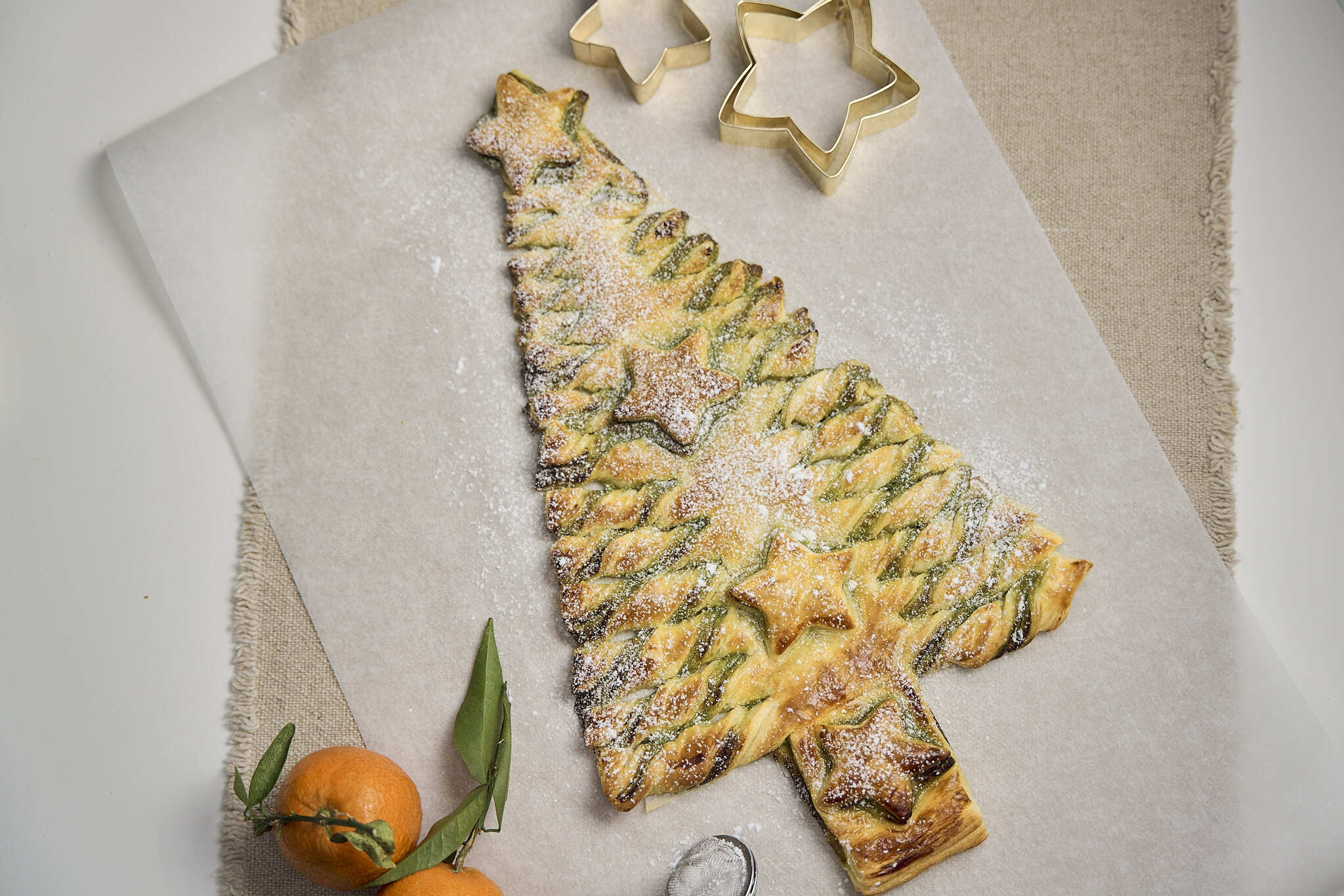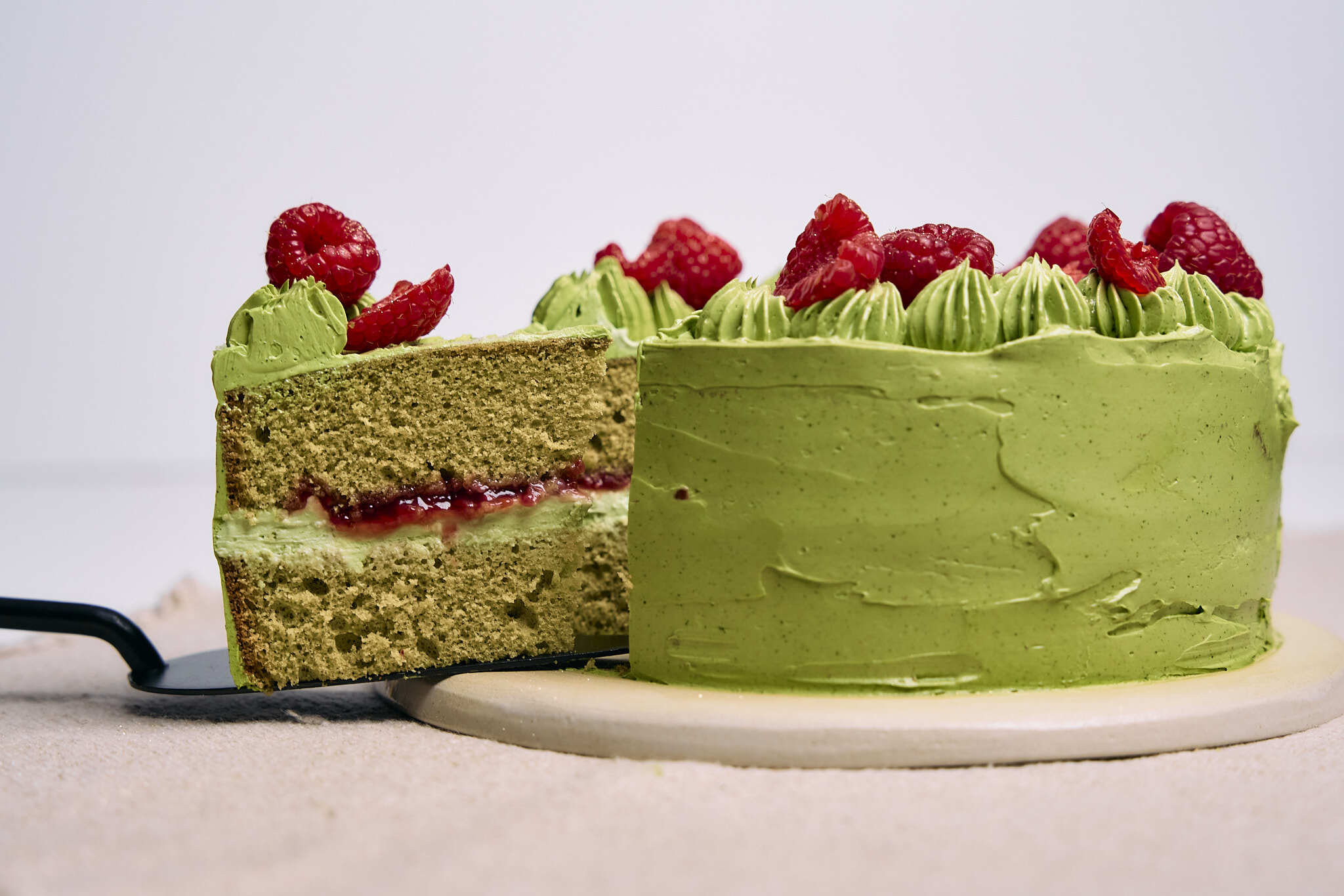How to choose matcha if you’ve only just become interested in the topic? Our guide will help you quickly recognize matcha of great quality, even before opening the package! It’ll help you protect yourself from a missed purchase and let you make sure that the tea you want to buy is of the highest quality. There are several indicators, which are worth considering when looking for the perfect green tea powder:
1. Evaluate its colour
One of the easiest ways to assess matcha’s quality is the evaluation of its colour. The tea bushes, the leaves of which matcha is produced from, undergo the process of shading with traditional bamboo mats. Thanks to such practice matcha is characterized by an incredibly deep green colour. The shade of green slightly varies depending on the harvest. The leaves that were harvested first result in powder of an intense, distinctive bright green colour. The leaves that are being harvested subsequently (during successively second and third harvests) are still of an intense green colour, although of a slightly fainter shade. And what if matcha powder is of a yellowish or brownish shade? You definitely should stay away from it. This means that matcha is old or was incorrectly stored, e.g. in the sun.
2. Test its structure
The rule is simple: the more finely ground the matcha powder, the higher its quality. A high-grade matcha is characterized by finely ground flecks. The diameter of a single fleck is estimated to be equal to the diameter of a pollen, which makes it so easy to blend with water. You should avoid powder that is visibly coarse-grained. In order to assess the thickness of the specks, you can resort to a certain simple test. It’s enough to dip your finger in matcha powder and then ‘draw’ a straight line on a piece of paper. The more finely ground the matcha, the longer the obtained line.
3. Smell it
Matcha’s scent is yet another indicator of its quality. It should be refreshing, grassy, of a subtle vegetable, sea aroma. If you can detect any notes of musty stench within the matcha powder, you totally should refrain from purchasing it.
4. Take a look at its packaging
Matcha shouldn’t have any contact with sunlight or humidity. Therefore, if the packaging has any transparent elements, is made of a thin material or is not entirely sealed – the producer wasn’t trying hard enough for sure. In such container matcha will quickly become mouldy and lose its properties.
5. Taste it
High-quality matcha is characterized by refreshing, sweetish, vegetable flavour of noticeable umami notes and subtle bitter aftertaste typical for green teas. The earlier the harvest, the sweeter and more delicate the taste of matcha powder. Matcha derived from later harvests will have stronger bitter undertones.
6. Look into its origin
When purchasing matcha, it is worth checking what is the country of its origin. The place most well known for production of matcha of the highest quality is definitely Japan – its time-honoured tradition and local, family-owned fields are the guaranty for matcha powder’s highest standard.
7. Compare the prices
It’s a somewhat trivial indicator – but oh, how accurate! Production of matcha of a high quality – especially the one derived from entirely ecological tea cultivation – requires a tremendous labour and time input. The price of matcha of a higher standard is higher than the price of green tea powder from a discount chain but it’s a guaranty for a great taste and its quality.
8. Look for a certificate
An organic certificate is only granted for rigorously tested products, which fulfil all of the criteria for ecological cultivation. Matcha powder awarded with such certificate is beneficial both for mother nature and its consumers, as it was produced without the help of pesticides or artificial fertilizers.



